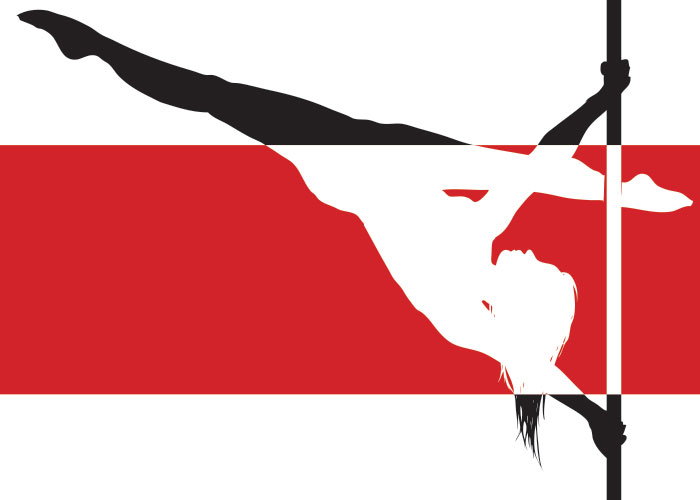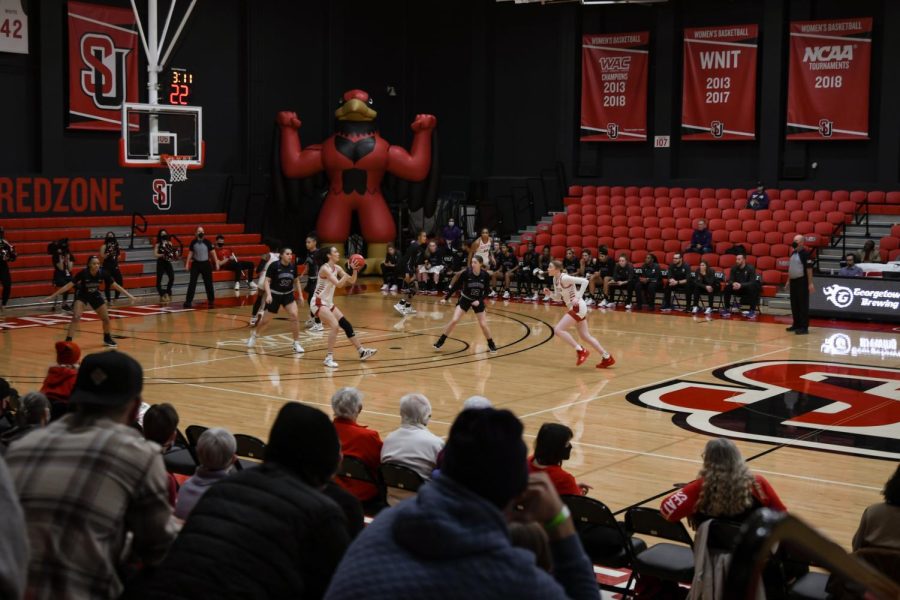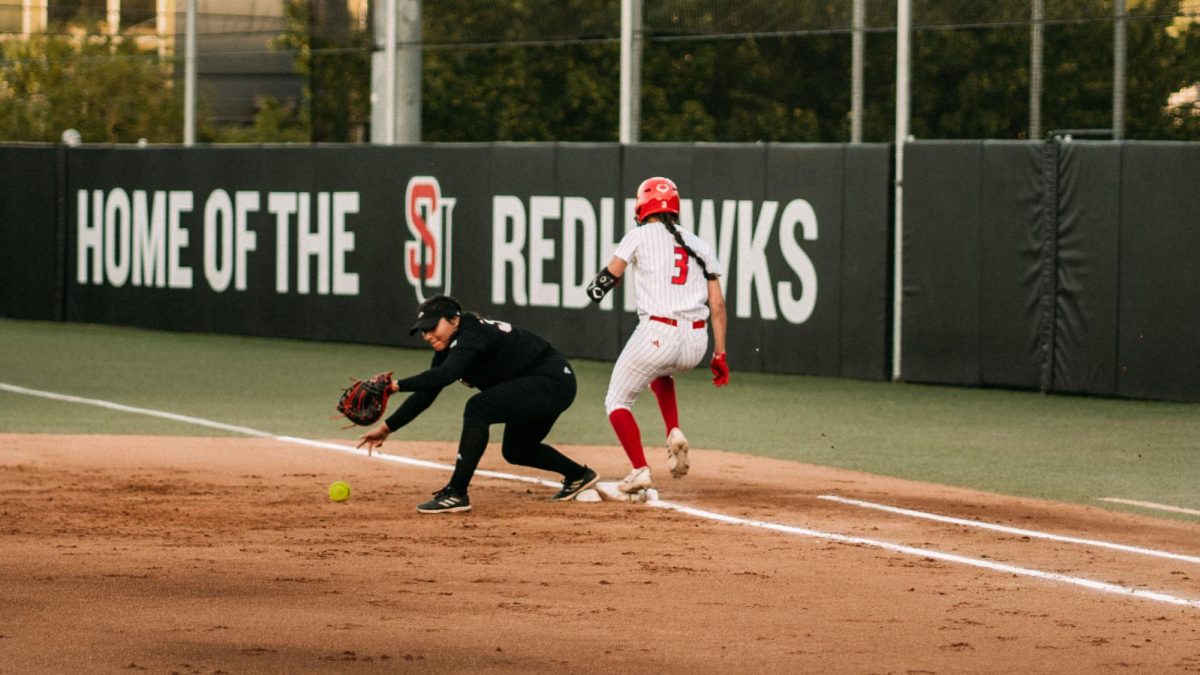In 2003, Krisha CatZen put her life on hold for a pole dancing class in California.
She took time off of work and drove down to Los Angeles to complete one month of intensive training at a highly publicized studio called S Factor. Since its opening in 2000, the studio had already attracted high-profile clients like Kate Hudson, Teri Hatcher and Alison Janney before CatZen joined its ranks.
Inspired by S Factor’s mission and exercise regime, CatZen came back to Seattle bent on teaching pole dance as a form of group fitness for women. Two years later, Seattle timidly welcomed its first studio Pole for the Soul.
First and foremost a safe space for women to express themselves, build confidence and get in touch with their sensuality, classes at Pole for the Soul are candlelit and small. Spectators are not allowed. In fact, students can’t even watch themselves—there are no mirrors.
“[We’re] teaching women that it doesn’t matter what you look like, or what your shape is, or what you think your limitations are…We’re going to give you a place to feel good,” said CatZen.
Pole for the Soul’s “feel-good” approach to pole dancing represents one of three schools vying to make pole dance a respected pastime free of tassels, thongs and bouncers.
The first school, Catzen’s school, concerns itself with private, noncompetitive self-empowerment—this school is filled with ordinary working women looking to boost their confidence and flatten their stomachs. The second—exemplified by rising artists like Cirque du Soleil’s Jenyne Butterfly—argues that pole dance is an art form in the same beautiful vein as silks and trapeze. The final and most extreme school is led by hard-core athletes aiming to convince a wary public that pole is as credible a sport as gymnastics.
This is the school vying to put pole dance in the 2016 Olympic Games.
The International Pole Sports Federation—“an organization for promoting athletic competition in pole sports and uniting pole athletes around the world”—is campaigning to get pole dancing into major international sports competitions like the World Games and the Olympics.
The campaign is part of a decade-long movement to reclaim pole dancing from the seedy, controversial world of the sex industry—competing in the Olympics could give pole dance the leg-up it needs.
“We’re trying to reclaim [pole dance] for ourselves,” Catzen said. “We tried claiming it for empowerment and for some people maybe that’s not understandable. But claiming it as a sport? More people can wrap their brain around that.”
In an effort to make pole dance more palatable and legitimate in the public’s eye, the IPSF has instated a number of unsexy regulations for competitive pole dancers.
The intentional removal of any item of clothing is now grounds for disqualification. Heels are prohibited and songs that feature expletive lyrics can seriously hurt a dancer’s overall score. Although the sport requires athletes to reveal a lot of naked skin—pole-on-skin contact is what allows pole dancers to perform their gravity-defying poses—wearing costumes that fail to cover the butt, crotch or breasts will result in significant point deductions. Moves with sexually explicit titles—like the term “spatchcock,” for example—have been renamed and the IPSF now prefers “pole sports” to “pole dance.” These new regulations were applied for the first time at this year’s World Pole Sports Competition in London.
Angie Cardwell, the founder of Divine Movement in Woodland Park and a former exotic dancer, has seen major changes happening at the competitive level since she opened her studio in 2007.
“I see more of the gymnastics and dance world infiltrating pole. When we first started [going to competitions], a lot of the people who were competing had an exotic dance background,” said Cardwell.
Now Cardwell sees pole athletes dancing barefoot and performing routines that are modern and lyrical rather than sexual.
But for many, these new standards might not be enough.
“Pole dancing is related to exotic dancing,” said Seattle University junior Josh Walden. “In the context of the Olympics, I couldn’t take it seriously.”
The greatest challenge to the IPSF Olympic campaign is a basic image problem—it will be hard for the average person to watch pole dancers without thinking about Grand Theft Auto and “Striptease.” In response to the Olympic campaign, the Internet is littered with articles that feature more sexual puns than facts and, almost across the board, the coverage
is joking.
“It’s hard to de-sexualize something that we’ve seen sexualized in every movie with a male protagonist,” said Akaila Ballard, a member of Seattle U’s Society of Feminists. “It’s going to be really hard for even the best of us feminists to unlearn some of the learning that we’ve done about pole dancing.”
But, this isn’t the first time pole dancing has experienced an identity crisis. Before it headlined the stages of gentlemen’s clubs, pole dancing was actually a non-sexualized, traditional sport originally practiced by men in India and China. Pole dancing wasn’t even associated with burlesque performance until the mid-20th century and it was incorporated into strip teases as late as the 1980s.
Based solely on its history, it seems that pole dancing is more rooted in athleticism than sexuality and as a form of fitness its health benefits are vast.
According to Cardwell, pole dance takes a great deal of physical strength and training. The sport exercises the core muscles extensively and people who approach the sport both casually and competitively see results quickly. Although there is no way to definitively calculate the number of calories burned while pole dancing, the estimate is comparable to most other kinds of dance.
Despite the benefits, Kristen Carstens, assistant director of operations in University Recreation, said Seattle U would not consider hosting a pole dancing class. Although University Recreation is open to teaching other kinds of dance-based group fitness—right now, the fitness center is hosting a zumba class—pole dance would be inappropriate given its sexual connotations.
“I don’t believe that it goes along with our mission of serving our students at a Catholic, Jesuit institution,” said Carstens, who coordinates the William Eisiminger Fitness Center class schedule. “I feel there is a great deal of other fitness modalities that can reach our goals of recreation, fitness and wellness without incorporating pole dancing.”
Although the sport is changing, Cardwell agrees that it might not be realistic to entirely desexualize pole dance.
“A grown woman doing gymnastics on a pole is, by its very nature, sexier than a young gymnast who’s been training their whole life,” Cardwell said.
Because women are generally considered to be the dancers and men the spectators, a common criticism of pole dance is that it objectifies women—however, as the sport becomes more and more serious, it is also becoming more and more gender inclusive. The objectification argument is a tough one to defend when men are also taking to the pole.
The 2009 International Pole Championship in Tokyo was the first high-profile pole dance competition to introduce a men’s competition category. This past August, Josiah Grant became the first man to win the North American Pole Dance championship and the IPSF currently touts a large photo of a male pole dancer on the homepage of its website.
Even the general public has been introduced to its first male pole dancer. In 2011, Steven Retchless became the first male pole dancer to grace national television when he performed pole routines on “America’s Got Talent” and made it to the semifinals. Two years later, male acrobat Timber Brown followed in Retchless’s footsteps and auditioned for the eighth season of the show with a pole dance routine.
Despite the strides, Cardwell still wonders if the world is ready for Olympic pole dancing. The changes are happening, but the end goal—to redefine pole dance on a societal scale—has not yet been reached.
A platform as far-reaching and family-oriented as the Olympic Games would require a great deal of maturity from the dancers selected to compete as well as Olympic viewers. In 2011, Miss U.S.A. Rima Fakih was accused of being a stripper after photos surfaced of her competing in an amateur pole dance competition while fully clothed. The extreme reaction Fakih received pales in comparison to the backlash and harassment Olympic pole dancers could incite worldwide.
Although the worldwide response to pole dancing might be rocky and the Olympic Committee has yet to make a decision about the campaign, Ballard thinks the average audience has already begun to think of pole dancing as a sport that requires the finesse and strength of any other. Pole dancing might not be in the Olympics until CatZen and Cardwell are too old to dance, but the climb is well underway.
“I hope that they’re treated like athletes. I hope that they are given the recognition that they’ve earned,” Ballard said. “And honestly I think once they get onto those poles [at the Olympics] we’re going to be blown away. We just need to make sure they get there and they get there safe.”
Kellie may be reached at [email protected].







![Josh Gibson Supplants Ty Cobb, Babe Ruth, as Baseball’s Best Hitter [OPINION]](https://seattlespectator.com/wp-content/uploads/2024/05/gettyimages-72075891-1200x675.jpg)




